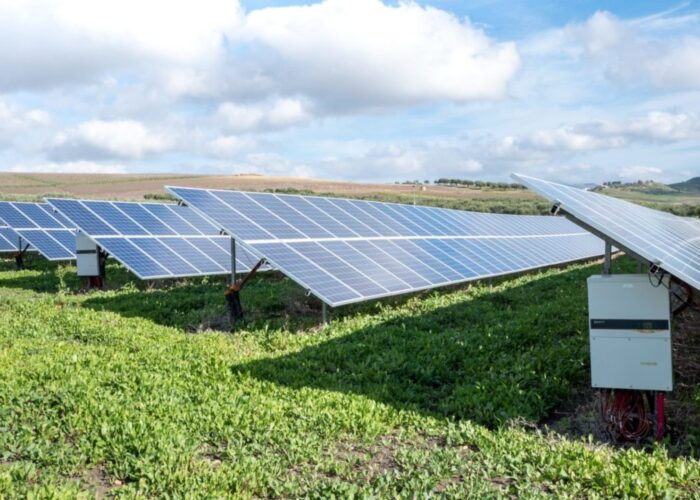
When the UK solar market first took off in 2011, an often-heard question was ‘why bother, couldn’t you just install in much hotter, sunnier climates further south?’
The UK has ultimately proved to be a very attractive solar market, although, all things being equal, a kilowatt of solar installed in countries nearer the equator could yield up to double the amount of electricity of a kilowatt installed in the sunniest parts of Britain.
Unlock unlimited access for 12 whole months of distinctive global analysis
Photovoltaics International is now included.
- Regular insight and analysis of the industry’s biggest developments
- In-depth interviews with the industry’s leading figures
- Unlimited digital access to the PV Tech Power journal catalogue
- Unlimited digital access to the Photovoltaics International journal catalogue
- Access to more than 1,000 technical papers
- Discounts on Solar Media’s portfolio of events, in-person and virtual
When the UK government announced an end to the use of EIS and VCT funds for solar in 2014, it left the door open for such funds to be utilised for overseas projects for a further year. However, weather would by no means be the only factor to weigh up when taking a measured approach to this type of investment.
For example, what sort of political and policy risks might be faced; how much does it cost to raise capital; how easy is it to repatriate investors’ money; will the project be built to the same standards as in the UK; would extreme weather events affect the performance of the plant?
Setting our sights on India
India has an excellent solar resource and a strong pipeline of delivered projects. The country’s government has also previously announced very ambitious solar aspirations as part of its proposed solution to deal with growing environmental challenges and reduce its dependence on fossil fuel imports.
However, as seen in the UK, there’s often a large gap between government aspirations and the policies needed for solar to flourish, prompting some UK solar industry veterans to dub the last few years a ‘solarcoaster’.
Nevertheless, the positive case for India continues to build on closer inspection. Firstly, the government has been developing a reputation for business-friendly policies to attract foreign investment. Secondly, it has been tackling the corruption which had tarnished some companies’ experience of working in parts of the country.
The government has also introduced a number of incentives and specific policies to make solar more attractive to overseas investors, including national and state solar auctions, increased investment in the grid and various favourable tax adjustments. As a result, the country has made global headlines for the record low prices being realised in its latest solar auctions.
Challenges along the way
Our existing expertise in the wider solar market and partnership with Armstrong Energy, which has experience of Indian solar projects, meant we could get off to strong start in India, although there are undoubtedly challenges when investing in this new market.
One of the biggest is acquiring the land for the solar farms. Unlike the UK, there are very few large land owners in India. Instead, land is divided up into multiple small plots owned by individuals, requiring a lengthy and complicated process to assemble sufficient land to build the projects.
Dealing with the grid operators (known as ‘Discoms’) can also prove challenging, although this varies from state to state. The operators are not always well capitalised and, unlike in the UK, they also sell electricity directly to their customers. This had implications for the way in which we sought to sell electricity from our projects.
One advantage for UK investors is that the grid infrastructure in India shares similar voltages and design characteristics with the UK network, making aspects of the design process much more straightforward. However, the design needs to take account of the very different climate in India, with the weather veering from long dry spells to intense monsoon seasons and the possibility of localised typhoons.
The Indian government’s continued focus on tackling corruption has had some unexpected impact on our projects. The sudden overnight withdrawal of two types of bank notes caused problems paying sub-contractors, many of whom have traditionally received cash payments. Then, as part of attempts to simplify and introduce stronger controls on the tax system, a new national sales tax has been introduced. This has, in the short term, significantly complicated our contractual and procurement processes whilst we sought clarity on which tax rates should be charged on which inputs.
What does the future hold?
India remains a very attractive market for future solar investment. A quarter of its population of 1.2 billion people have limited access to electricity. The government has made energy access a leading policy objective and, in a very short timeframe, it has already become a leading player in the global solar market, attracting significant overseas capital and spearheading the International Solar Alliance launch. The cost of solar power now undercuts all other energy sources, providing certainty that rapid adoption will continue and ensuring a bright future.







